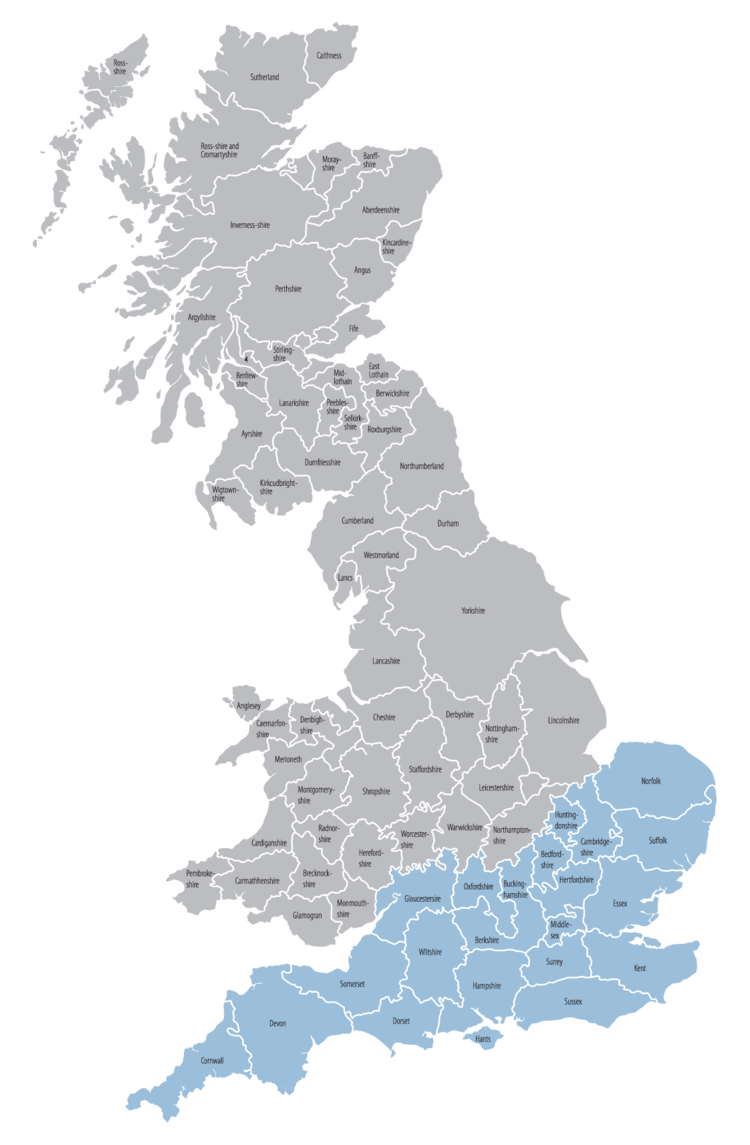 | ||
jay z rap parody so home counties parody of so ghetto
The home counties are the counties of England that surround London (although several of them do not border it). The counties generally included in the list are Berkshire, Buckinghamshire, Essex, Hertfordshire, Kent, Surrey, and Sussex. Other counties more distant from London—such as Bedfordshire, Cambridgeshire, Hampshire and Oxfordshire—are also sometimes regarded as home counties due to their proximity to London and their connection to the London regional economy.
Contents
- jay z rap parody so home counties parody of so ghetto
- The accent tag english home counties
- Definitions
- Character
- Economy
- In official use
- References
The origin of the term "home counties" is unknown and no exact definition exists, making their composition a matter of constant debate.
The accent tag english home counties
Definitions
The earliest use of the term cited in the Oxford English Dictionary is from 1695. Charles Davenant, in An essay upon ways and means of supplying the war, wrote, "The Eleven Home Counties, which are thought in Land Taxes to pay more than their proportion, viz. Surry [sic] with Southwark, Hertfordshire, Bedfordshire, Cambridgshire, Kent, Essex, Norfolk, and Suffolk, Berks, Bucks, and Oxfordshire."
Later definitions have tended to be more narrow and Bacon's Large Scale Atlas of London and Suburbs (revised edition c. 1912) includes Berkshire, Buckingham, Essex, Hertford, Kent, Middlesex and Surrey in the "maps of the home counties".
The term is sometimes understood to mean those counties which, on their borders closest to London, have been partly subsumed into London. Indeed, the former county of Middlesex has been almost wholly within London since 1965 as have parts of Hertfordshire and Surrey, although the name Middlesex still exists in various incarnations.
The third edition of the Oxford English Dictionary (2010) defines the term as "the English counties surrounding London, into which London has extended. They comprise chiefly Essex, Kent, Surrey, and Hertfordshire." Parts of all of those historic counties are, since 1965, officially within London, although no part of Berkshire, Buckinghamshire or Sussex is. The county of Sussex is also wholly outside, and Berkshire almost wholly outside, the route of the M25 motorway which is often treated as an unofficial perimeter of Greater London and some definitions of the home counties mention that those counties are not always included amongst the home counties, or that the term has been extended to include them.
Theories sometimes mentioned for the origin of the term include the idea that the home counties were where the wealthy of London had second homes, the counties that Members of Parliament returned to after the end of business, or the counties in which regular commuters into London lived. An additional theory is that the term derived from the Home Circuit of the courts of Assize which contained Hertfordshire, Essex, Kent, Sussex and Surrey.
Character
The Home counties were described by one 1987 reference book as being "inhabited on the whole by 'nice', comfortable, and conformist middle-class people". The county of Surrey has been described as possessing quintessential home counties characteristics of "a comfortable plasticized commuterland with respectable villas and neatly mown lawns interspersed with patches of mild scenery". In fiction, Margo and Jerry Leadbetter of the television sitcom The Good Life, set in Surbiton, represent a typical home counties suburban couple.
Economy
The home counties as a whole are significantly more prosperous than other parts of the United Kingdom. The towns of Amersham, Gerrards Cross and Beaconsfield, all in Buckinghamshire, were ranked as the top three most expensive in the country in one 2008 survey of average house prices. The area is so large, however, that it also includes a number of areas of deprivation such as Margate, Hastings and parts of Slough.
In official use
Multiple definitions of the term have been used in legislation and by official bodies. In the twentieth century, for instance, as follows: (the table includes all the areas mentioned above):
